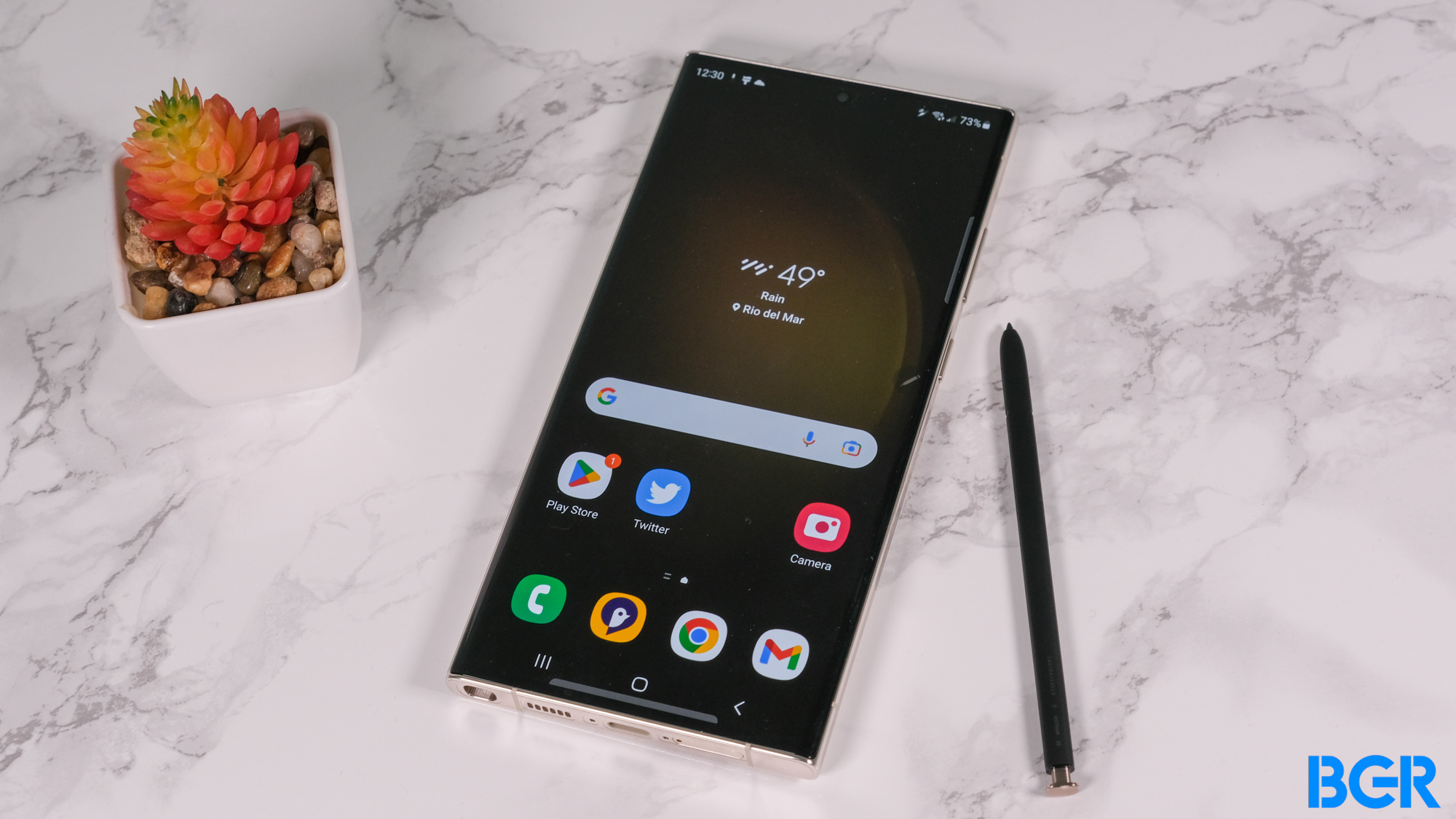With every new iPhone and Galaxy S generation, we get better OLED screens. That means better color performance and brightness — and increased energy efficiency. I’m mentioning Samsung’s flagship phones because Samsung is the main supplier of high-end OLED panels for the iPhone. The iPhone 15 and iPhone 16 models will be no exception. And we already have an exciting rumor about the latter.
We might be more than a year away from the iPhone 16 launch, but a report from Korea already has details about new OLED tech that Apple might employ in next year’s models. Samsung and LG have apparently demoed micro-lens arrays (MLA) OLED panels to the iPhone maker that can increase the screen’s brightness. But the most important benefit of placing billions of tiny lenses inside the screen might be better battery life.
iPhone 15 should already deliver battery life improvements
I told you in the past how battery life is the most important iPhone 15 feature for me. We’ve come to a place where performance gains are almost unnoticeable from year to year. The same goes for screen brightness. There’s only so much you can do each year. But battery life can still improve thanks to various innovations concerning smartphone components.
Earlier this year, we learned that the iPhone 15 Pro models will feature a significantly more efficient chipset. The A17 Bionic built on the 3nm process will be exclusive to the Pro models, and it’ll also be the only 3nm chip in the industry.

On top of that, Apple will be using new OLED chips for iPhone 15 that should be more efficient than before. Add the slight increase in battery capacity, and battery life should improve across the board.
Moreover, Apple could use even better battery technology for the iPhone 16 series. Rumors say stacked batteries similar to what’s available in electric cars are coming to mobile phones. It might start with the iPhone 16 and next-gen Galaxy S24.
What are MLA OLED screens?
This brings us to the latest iPhone 16 rumor, which mentions the MLA tech that Samsung and LG reportedly proposed to Apple. The news comes from Korean-language outlet The Elec, which often leaks details about unreleased iPhones.
Apple has reportedly not yet decided on the MLA upgrade, as some downsides exist.
Placing the MLA layers of lenses within the OLED panel will turn reflected light toward the user. This will increase the brightness of the handset without increasing the power consumption. An immediate advantage is reducing the power consumption when using the OLED panel at regular levels. After all, the iPhone 14 Pro supports up to 2000 nits of brightness, but I hardly take advantage of that.
However, the MLA layer would impact viewing angles. Moreover, OLED panels featuring MLA tech would be more expensive to produce.
The Elec notes that Samsung has experience with MLA tech for Galaxy phones like the Note 20 and the Galaxy S Ultras. Moreover, LG has been using the technology in OLED TVs but not smartphones. The two Korean giants would have another big advantage over China-based BOE by pushing Apple to incorporate MLA OLED screens in iPhones.

BOE is another big screen manufacturer dying to win more iPhone orders. But reports in recent years showed that BOE isn’t where Apple would want it to be. Samsung and LG continue to be the main OLED panel vendors for the iPhone, especially the former.
The same report also notes that Samsung and LG’s proposed OLED material sets for the iPhone 16 are still not up to Apple’s standards. But there’s plenty of time until the iPhone 16 OLED panels have to hit production.
With all that in mind, I’ll say that I’m excited about the idea of the iPhone getting more efficient over the years. This is a much bigger pursuit than continuously increasing the theoretical brightness levels of the iPhone, which I rarely take advantage of.
Unfortunately, I fear the MLA OLED panel upgrade would be an iPhone 16 Pro kind of upgrade rather than being available from all iPhone 16 models.








